Easy Media List Usa City Houstonqhouston Free Chinese Tv Stations Stream
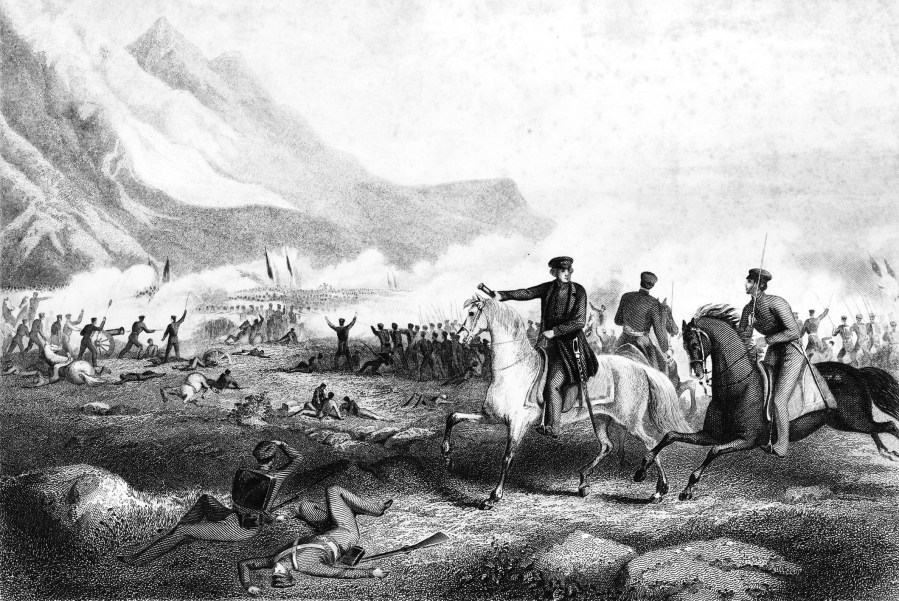
There are 50 states in the United States of America, but that wasn't always the case. Elementary school students in the early 1950s would have said that there were only 48, and there are activists in the 2020s who want the answer to be 52.
It would seem that being or not being a state wouldn't be such a complicated concept. You may know the story of Manifest Destiny. First, there were 13 colonies. Then, settlers kept moving farther and farther west to clear unsettled land.
Nowadays, there is growing understanding of the violence, displacement, and genocide of Indigenous peoples that occurred as part of the "manifest destiny" story, and there is growing support for the Land Back movement. Additionally, many of the states that are now part of the U.S. used to be part of other sovereign nation states, and became part of the US through colonial and neocolonial practices. Here are some more controversial stories of how states became part of the USA.
The Mexican-American War Shaped the Southwest
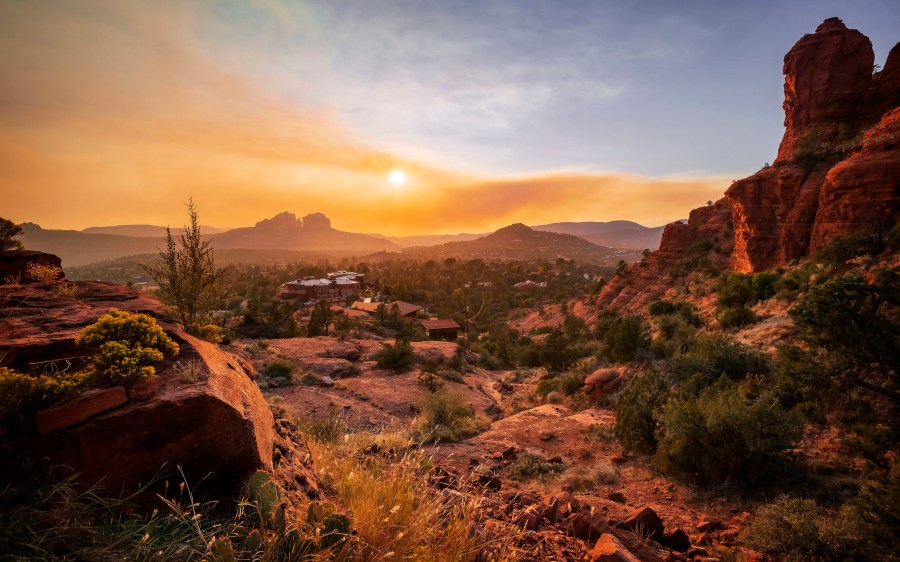
Have you ever wondered why southwestern states have so many Spanish names for towns and landmarks? The answer is that they were once a part of Mexico. In 1845, President James K. Polk sought a meeting with the President of Mexico. It was his intention to offer to buy Texas and a lot of other land, currently known as much of the southwestern U.S., for $30 million. Mexico's President, José Joaquín Herrera, heard about the plan and turned down Polk's request for a meeting. President Herrera had no intentions of selling. President Polk responded by sending American soldiers to occupy all of the then Mexican-owned lands he wanted to buy. In response, there was a small battle between Mexican and American forces.
President Polk declared the resulting deaths of American soldiers to be an act of war because it happened on American soil. Congress approved starting a war, but there was controversy even amongst American politicians. Some pointed out that America had actually been the aggressor because the battle happened on land that still belonged to Mexico. After all, an agreement to purchase the land was never reached.
This chain of events set off the Mexican-American War, which lasted for four years. The war ended with the Treaty of Guadalupe Hidalgo. After the war, relations between the U.S. and Mexico were still contentious, to say the least. This is the direct reason that parts of Arizona, Nevada, New Mexico, Texas, California, Utah, and California are now parts of the United States. The Gadsen Purchase, another result of post-war diplomacy, is also the reason for parts of Arizona and New Mexico's statehood.
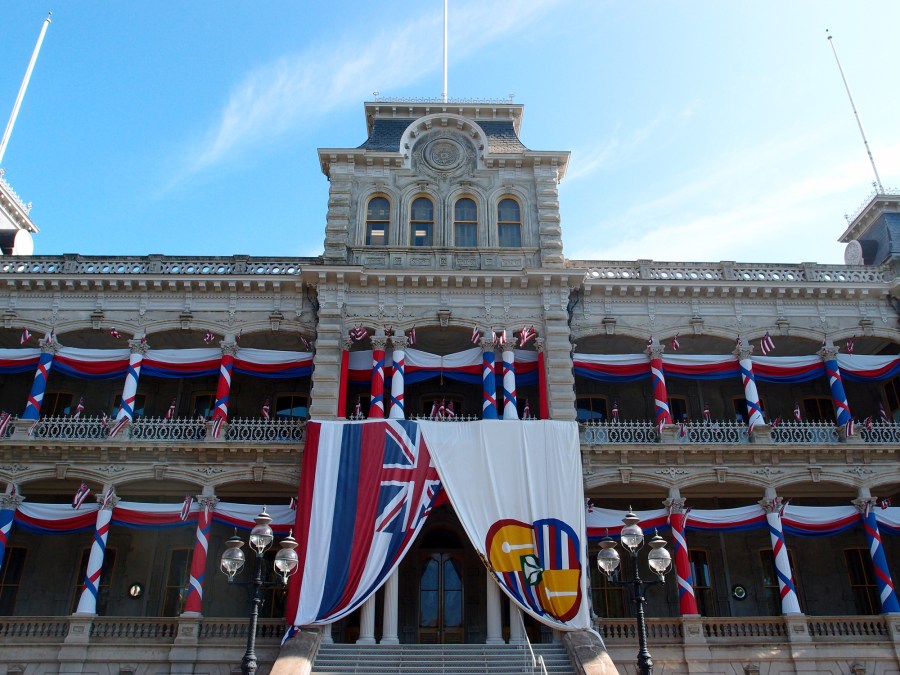
In the 1800s, Hawaii was its own nation, and a royal monarchy ruled it. There were decades of history between the United States and Hawaii working together on certain endeavors for the mutual benefit of both neighboring nations.
During Queen Liliuokalani's reign, a Congressional Act was passed to force Hawaii's hand, declaring that Hawaiian sugar would only be lucrative for foreign sugar farmers from America and Europe if Hawaii were part of America. Otherwise, they would stand to lose considerable profits.
This resulting economic turmoil set the stage for a group of American sugar planters to revolt against the monarchy and establish an independent republic of their own. This coup was supported by the U.S. military, who was involved in the operation because of U.S. profit motives. Although President Cleveland expressed his discomfort with what was happening in Hawaii, he did not intervene. Eventually, Hawaii, then named the Republic of Hawaii by those who overthrew the monarchy, was annexed as U.S. territory. Hawaii became a state in 1959.
The Colonization of Puerto Rico
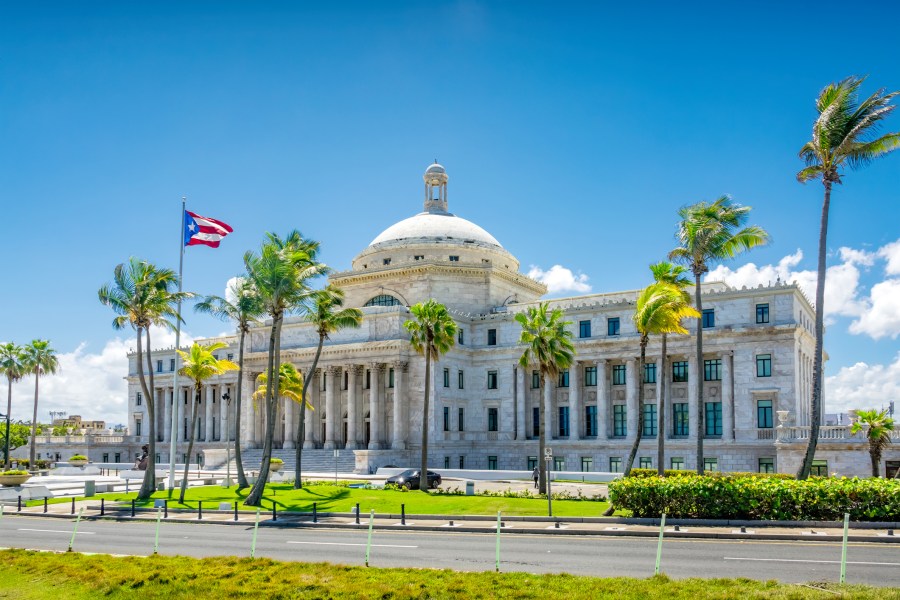
America gained the territory of Puerto Rico through the Treaty of Paris, which ended the Spanish-American War. Today, Puerto Rico has a governor, and the U.S. territory even has its own political parties that are notably different from the major political parties in the continental United States. Since Puerto Rico is recognized as a Commonwealth of America, the island chain has its own taxes and elections.
Politically speaking, Puerto Rico is a very odd case. Although Puerto Ricans are recognized as American citizens, they cannot vote in American elections. In America's Congress and among Puerto Rican citizens, the issue of statehood is a hotly debated one. Many liberal American activists advocate for Puerto Rican statehood, as Puerto Rico would be a reliably blue state. At the same time, many native Puerto Ricans are fighting for full independence from America.
Guam's Quest for Independence
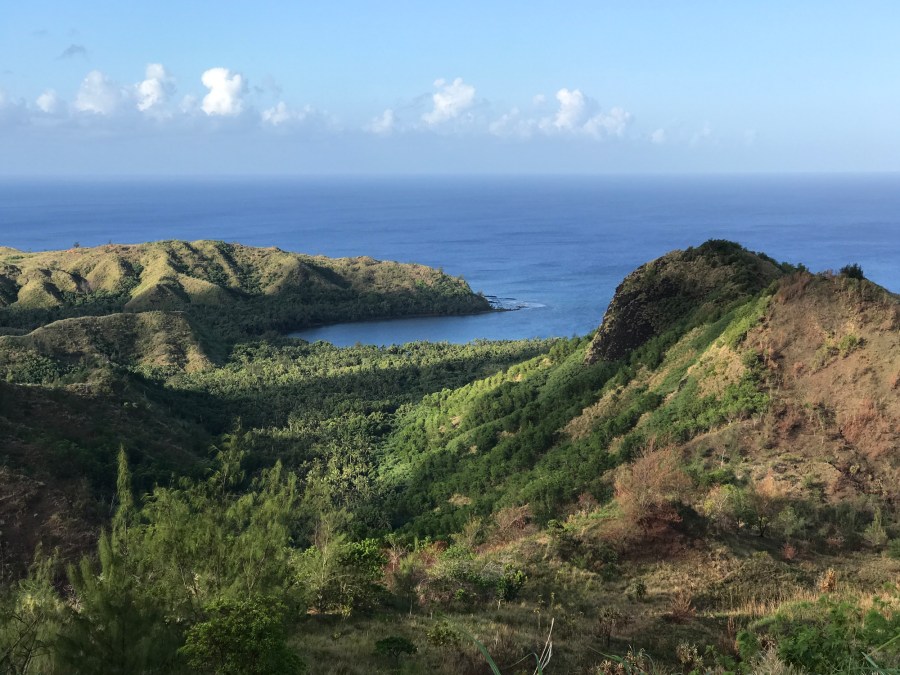
Guam is another one of the territories acquired by America through the Treaty of Paris. Guam and Puerto Rico are vestiges of a style of colonization that many people in the modern era would take offense to. There is a political movement in Guam to become an independent nation.
As a U.S. territory, people in Guam have dual citizenship in both Guam and America. Guamanians pay taxes to the Guamanian government, and Guam has its own elections. However, Guam is still subject to many laws passed in the American Congress in which it has no representatives with voting power.
D.C. Statehood
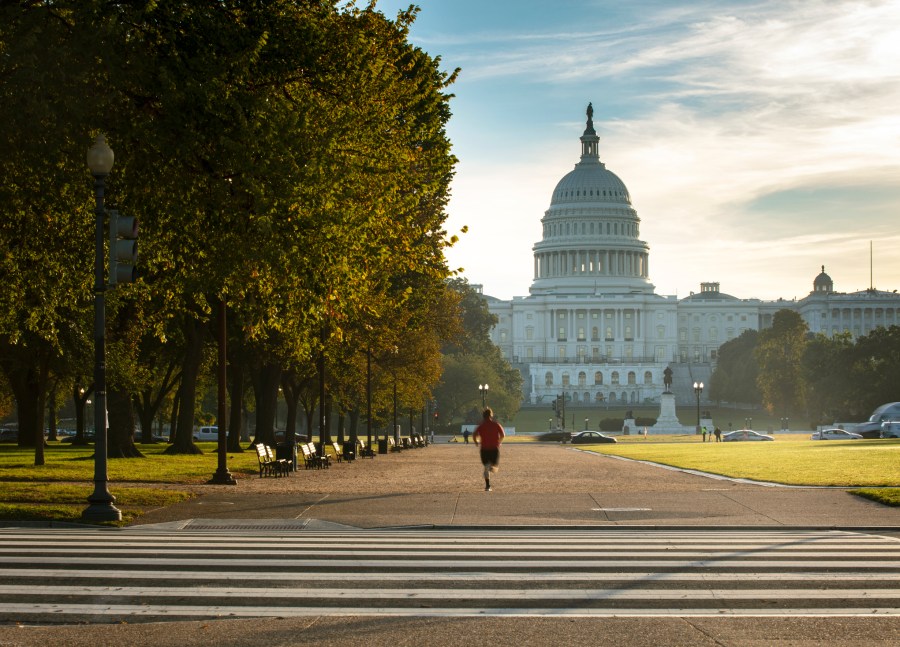
The DC in Washington DC stands for the District of Columbia. Prior to the signing of the Constitution, part of this District was part of Virginia, and the other part was part of Maryland. The Constitution created Washington DC as the seat of America's government. The concept of "no taxation without representation" was a big part of why America fought for independence from Britain, so it was important to the Founding Fathers to have the seat of government in a neutral non-state that would not have representation in Congress.
Sharing some similarities with the assertions of Puerto Ricans and Guamanians, some residents of Washington DC take issue with the fact that they do not have representatives in Congress. Yet, the actions of Congress still affect the residents of the District just as they do residents of other states.
The path to becoming a state was not always as clear-cut as moving west and clearing land. Of course, this land was always occupied by indigenous populations and the American claiming of that land was a violent act (the violence of which continues to this day). And some of the states that have become part of America were taken from other sovereign nation states. The journey to statehood for many areas included bloodshed on battlefields and political agreements that would face a lot of scrutiny by today's standards. While some lands became states against the wishes of some of their residents, there are ironically several areas today that lack statehood despite the wishes of some residents. How many states are there in the USA? That's a loaded question!
Source: https://www.reference.com/geography/how-many-states-in-usa-backstory?utm_content=params%3Ao%3D740005%26ad%3DdirN%26qo%3DserpIndex&ueid=db136262-bdd4-4504-9f8b-68569bacbe72
0 Response to "Easy Media List Usa City Houstonqhouston Free Chinese Tv Stations Stream"
Post a Comment